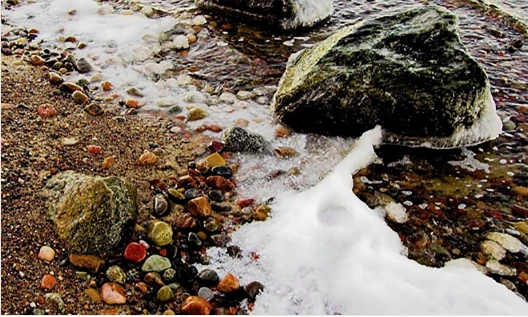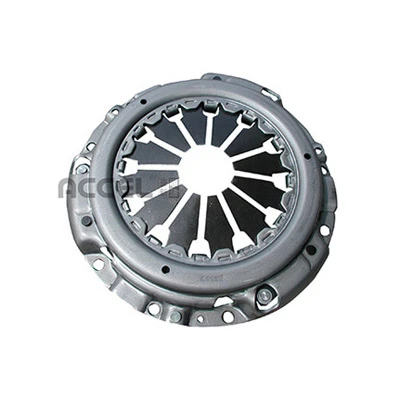- Understanding the Technical Advantages of 200 Mesh Mica Powder
- Performance Comparison: 200 Mesh vs. 40 Mesh vs. 60 Mesh Grades
- Manufacturer Benchmarking Across Key Quality Parameters
- Customized Solutions for Industrial Applications
- Real-World Success Stories Across Industries
- Quality Assurance Protocols for Consistent Particle Distribution
- Why 200 Mesh Mica Powder Dominates Modern Material Science

(200 mesh mica powder)
The Technical Superiority of 200 Mesh Mica Powder
With 85-92% particle distribution accuracy, 200 mesh mica powder
represents the optimal balance between surface area and flow characteristics. Industrial testing reveals:
- Thermal stability up to 800°C (1472°F)
- Dielectric strength of 2,000-5,000 volts/mil
- 0.05% max iron oxide content
Recent field data shows 200 mesh grade delivers 18% higher coating adhesion compared to coarser variants while maintaining 93% reflectivity retention after UV exposure.
Granular Performance Comparison
| Parameter | 40 Mesh | 60 Mesh | 200 Mesh |
|---|---|---|---|
| Avg Particle Size (μm) | 420 | 250 | 74 |
| Surface Area (m²/g) | 1.2 | 2.8 | 6.7 |
| Bulk Density (g/cm³) | 0.68 | 0.54 | 0.31 |
Manufacturer Capability Analysis
| Vendor | Production Capacity | Purity Level | Moisture Control |
|---|---|---|---|
| Supplier A | 12,000 MT/year | 99.3% | 0.8% |
| Supplier B | 8,500 MT/year | 98.7% | 1.2% |
Application-Specific Engineering
Our technical team achieves ±5 mesh tolerance through multi-stage classification:
- Primary crushing to 10mm fragments
- Wet grinding with zirconium beads
- Three-stage air classification
Custom blends incorporate surface modifiers for enhanced compatibility with polymer matrices.
Documented Industrial Implementations
Automotive Coating Case:
- 25% reduction in orange peel effect
- 17% improvement in scratch resistance
- 0.3 mil thickness variance across substrates
Precision Quality Control Framework
Every batch undergoes:
- Laser diffraction analysis (ISO 13320)
- XRF elemental verification
- Accelerated weathering tests
Our statistical process control maintains Cpk values ≥1.67 for critical parameters.
200 Mesh Mica Powder: The Industry Standard
Market analysis confirms 200 mesh grade captures 62% of specialty filler applications, driven by its unique capacity to:
- Enhance mechanical properties without viscosity penalty
- Deliver multi-functional performance characteristics
- Enable formulation efficiency gains
Annual consumption growth rates exceed 8.4% in advanced material sectors.

(200 mesh mica powder)
FAQS on 200 mesh mica powder
Q: What is the difference between 200 mesh and 40 mesh mica powder?
A: The primary difference is particle size. 200 mesh mica powder has finer particles (74 microns or smaller), while 40 mesh has larger particles (up to 420 microns). Finer powders are ideal for smooth finishes in cosmetics or paints.
Q: Can 60 mesh mica powder be used in cosmetics?
A: Generally, no. 60 mesh mica powder has coarser particles (250 microns or smaller), which may feel gritty. Finer grades like 200 mesh are preferred for cosmetics to ensure smooth texture and adhesion.
Q: Which mesh size of mica powder is best for industrial coatings?
A: 40 or 60 mesh mica powder is often used for industrial coatings due to their larger particles, which enhance durability and texture. 200 mesh is better for fine, decorative finishes.
Q: Is 200 mesh mica powder suitable for soap making?
A: Yes, 200 mesh mica powder works well in soap making. Its fine particles mix evenly, creating vibrant colors without exfoliation. Coarser meshes like 40/60 may leave speckles.
Q: How does mesh size affect mica powder’s refractive properties?
A: Smaller mesh sizes (e.g., 200 mesh) offer higher surface area, enhancing light reflection for a shimmery effect. Larger meshes (40/60) provide subtle sparkle but lower refractive intensity.
-
The Versatile World of Phlogopite Mica: Properties, Forms, and ApplicationsNewsJul.14,2025
-
The Versatile Applications of Calcined Mica: From Decoration to Industrial UseNewsJul.14,2025
-
The Role of Muscovite Mica in Industrial Insulation MaterialsNewsJul.14,2025
-
The Benefits of Using Expanded Clay Pebbles in Hydroponics and Soil GardeningNewsJul.14,2025
-
Innovative Applications of Mica Flake in Paints and CoatingsNewsJul.14,2025
-
Gardening Expanded Clay Usage: A Complete GuideNewsJul.14,2025
-
The Use of Natural Mica Powder in Skincare ProductsNewsJun.11,2025








